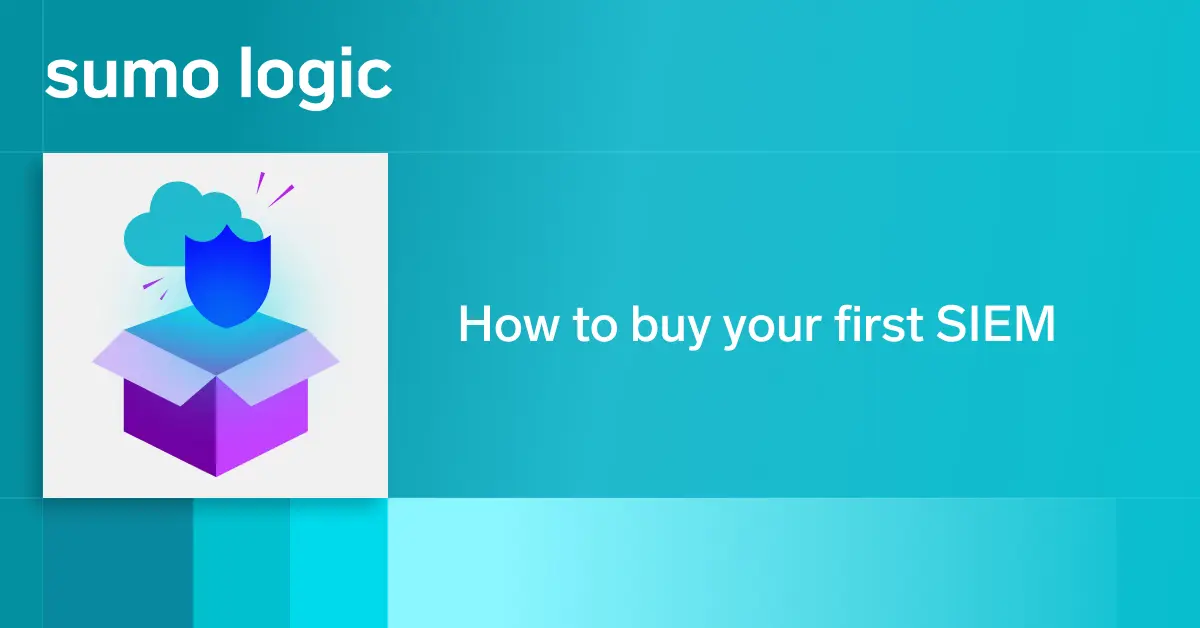Last week I introduced Sumo Logic Developers’ Thought Leadership Series where JFrog’s Co-founder and Chief Architect, Fred Simon, came together with Sumo Logic’s Chief Architect, Stefan Zier, to talk about optimizing continuous integration and delivery using advanced analytics. In Part 2 of this series, Fred and Stefan dive into Docker and Dockerizing microservices.
Specifically, I asked Stefan about initiatives within Sumo Logic to Dockerize parts of its service. What I didn’t realize was the scale at which these Dockerized microservices must be delivered. Sumo Logic is in the middle of Dockerizing its architecture and is doing it incrementally. As Stefan says, “We’ve got a 747 in mid-air and we have to be cautious as to what we do to it mid-flight.” The goal in Dockerizing Sumo Logic is to gain more speed out of the deployment cycle.
Stefan explains, “There’s a project right now to do a broader stroke containerization of all of our microservices. We’ve done a lot of benchmarking of Artifactory to see what happens if a thousand machines pull images from Artifactory at once. That is the type of scale that we operate at. Some of our microservices have a thousand-plus instances of the service running and when we do an upgrade we need to pull a thousand-plus in a reasonable amount of time – especially when we’re going to do continuous deployment: You can’t say ‘well we’ll roll the deployment for the next three hours then we’re ready to run the code,’ That’s not quick enough anymore. It has to be minutes at most to get the code out there.”
The Sumo Logic engineering team has learned a lot in going through this process. In terms of adoption and learning curve Stefan suggests:
- Developer Education – Docker is a new and foreign thing and the benefits are not immediately obvious to people.
- Communication – Talking through why it’s important and why it’s going to help and how to use it.
- Workshops – Sumo Logic does hands-on workshops in-house to get its developers comfortable with using Docker.
- Culture – Build a culture around Docker.
- Plan for change – the tool chain is still evolving. You have to anticipate the evolution of the tools and plan for it.
As a lesson learned, Stefan explains, “We’ve had some fun adventures on Ubuntu – in production we run automatic upgrades for all our patches so you get security upgrades automatically. It turns out when you get an upgrade to the Docker Daemon it kills all the running containers. We had one or two instances where, this wasn’t in production fortunately, but in one or two instances we experienced where across the fleet all containers went away. Eventually we traced it back to Docker Daemon and now we’re explicitly holding back Docker daemon upgrades and make it an explicit upgrade so that we are in control of the timing. We can do it machine by machine instead of the whole fleet at once.”
JFrog on Dockerizing Microservices
Fred likewise shared JFrog’s experiences, pointing out that JFrog’s customers asked early on for Docker support. So JFrog has been in it from the early days of Docker. Artifactory has supported Docker images for more than 2 years.
To Stefan’s point, Fred says “we had to evolve with Docker. So we Dockerized our pure SaaS [product] Bintray, which is a distribution hub for all the packages around the world. It’s highly distributed across all the continents, CDN enabled, [utilizes a] MongoDB cluster, CouchDB, and all of this problematic distributed software. Today Bintray is fully Dockerized. We use Kubernetes for orchestration.”
One of the win-wins for Frog developers is that the components the developer is “not” working on are delivered via Docker, the exact same containers that will run in production, on their own local workstation. ‘We use Vagrant to run Docker inside a VM with all the images so the developer can connect to microservices exactly the same way. So the developer has the immediate benefit that he doesn’t have to configure and install components developed by the other team.
Fred also mentioned Xray, which was just released, is fully Dockerized. Xray analyzes any kind of package within Artifactory including Docker images, Debian, RPM, zip, jar, war files and analyzes what it contains. “That’s one of the things with Docker images, it’s getting hard to know what’s inside it. Xray is based on 12 microservices and we needed a way to put their software in the hands of our customers, because Artifactory is both SaaS and on-prem, we do both. So JFrog does fully Docker and Docker Compose delivery. So developers can get the first image and all images from Bintray.”
“The big question to the community at large,” Fred says, “is how do you deliver microservices software to your end customer?” There is still some work to be done here.”
More Docker Adventures – TL;DR
Adventures is a way of saying, we went on this journey, not everything went as planned and here’s what we learned from our experience. If you’ve read this far, I’ve provided a good summary of the first 10 minutes, so you can jump there to learn more. Each of the topics are marked by a slide so you can quickly jump to a topic of interest. Those include:
- Promoting containers. Why it’s important to promote your containers at each stage in the delivery cycle rather than retag and rebuild.
- Docker Shortcuts. How Sumo Logic is implementing Docker incrementally and taking a hybrid approach versus doing pure Docker.
- Adventures Dockerizing Cassandra.
- Evolving Conventions for Docker Distribution.
New Shifts in Microservices
What are the new shifts in microservices? In the final segment of this series, Fred and Stefan dive into microservices and how they put pressure on your developers to create clean APIs. Stay tuned for more adventures building, running and deploying microservices in the cloud.


